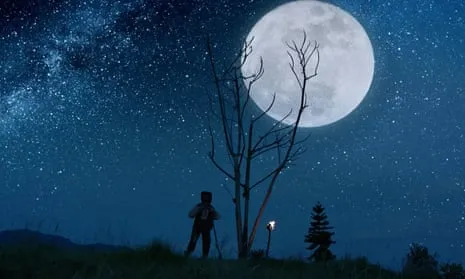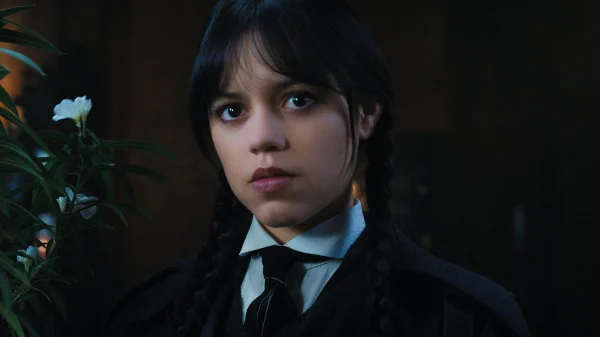Juan Diego Escobar Alzate’s 2019 genre-bending horror Western, “Luz: The Flower of Evil,” is a thought-provoking exploration of humanity’s most profound depths, going into the complexities of suffering and the blurring of lines between good and evil. The film’s unique blend of storytelling and cinematography masterfully captures the emotional resonance of human experience, making it a standout in its respective genres.
From the very onset, “Luz: The Flower of Evil” immerses viewers in a surreal and isolating world, where the boundaries of reality are challenged and the lines between sanity and madness are blurred. This sense of disorientation is skillfully crafted through Alzate’s use of visual metaphors, which weave together to create a dreamlike atmosphere that is both charming and unsettling.
As the narrative unfolds, the film’s protagonist, Luz, becomes increasingly entrenched in a world of suffering and despair, her own personal demons threatening to consume her. Through her experiences, the film explores the universal themes of human suffering, going into the darker corners of the human psyche and revealing the devastating consequences of allowing pain and suffering to consume us.
Yet, despite the darkness that pervades the film, “Luz: The Flower of Evil” is ultimately a hopeful and redemptive tale, one that suggests that even in the depths of human suffering, there is always the possibility for redemption and forgiveness. This message is skillfully conveyed through Alzate’s use of symbolism, as the titular flower of evil is ultimately transformed into a symbol of hope and renewal.

A Still From Luz The Flower of Evil (Photo: Luz The Flower of Evil)
Throughout the film, Alzate’s direction is punctuated by stunning visuals, which blend together to create a cinematic experience that is both hauntingly beautiful and deeply unsettling. The film’s use of lighting, in particular, is noteworthy, as it adds an extra layer of emotional depth to the narrative, capturing the emotional turmoil that lies beneath the surface of Luz’s torment.
In terms of the film’s genre, “Luz: The Flower of Evil” is a masterful blend of horror, Western, and fantasy elements, combining the best of each genre to create a unique and charming narrative. The film’s Western setting, in particular, adds an extra layer of depth to the narrative, as it allows the film to explore themes of frontier justice and the clash between civilization and savagery.
Ultimately, “Luz: The Flower of Evil” is a triumph of cinematic storytelling, a film that masterfully explores the complexities of human suffering and the power of redemption. With its haunting visuals, thought-provoking themes, and masterful direction, this film is a must-see for fans of neo-Western, horror, and fantasy genres. By guiding viewers through the darkest corners of the human experience, “Luz: The Flower of Evil” provides a powerful reminder of the importance of empathy, compassion, and the power of forgiveness.
























